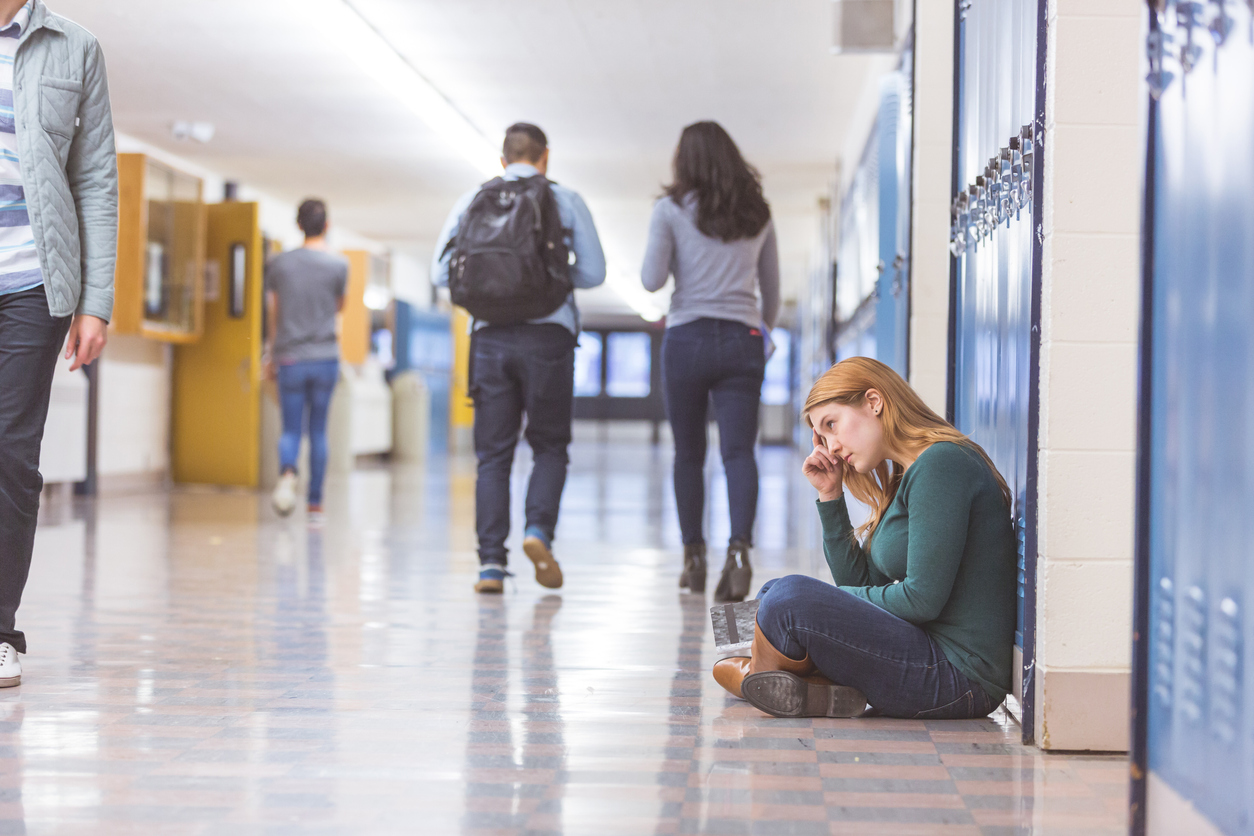In some cultures where educational advancement ties to big examinations, student anxiety is very high, more often leading to suicide and other dramatic emotional outcomes. The situation is serious among students in the United States as well.
“The Mental Health Tsunami”
An article from the National Educational Association (NEA) quotes a kindergarten teacher as finding that her four and five-year-old students already feel the pressure of expectations placed on them, comparing themselves to the tensely motivated train in “Little Engine That Could”. The article describes anxiety among high school and college students as “the mental-health tsunami of their generation”. Further, a Pew survey found that 70% of teenagers describe student anxiety and depression as a major problem.”
No Child Left Behind
Among many students, increased student stresses originated from the policies associated with the federal policy, No Child Left Behind. These mandates put pressure on schools to improve student performance by eliminating the less exacting parts of the curriculum, like arts and physical education, and increasing high-stakes standardized testing. Often parents, who respond to the direction taken by their schools have not helped reduce school pressures. Many students have started taking the standardized college admission test (SAT) in the eighth grade. Many students desperately fear to disappoint their parents by not getting into the “best schools,” and are heartbroken when they receive a “B” in coursework for the first time.
Kathy Reamy, chair of NEA’s School Counselor Caucus, lists the pressures to fit in, the pressure to achieve, and the pressure of social media, and the feeling that students don’t feel safe even in their own schools and worry about school shootings as factors that make it hard to be a teenager. Two major anxiety issues identify testing student anxiety and social media anxiety.
Social Media and Social Pressures
Another PEW survey found that 61% of students feel pressured to get good grades, compared to 29% of students pressured to look good. Further, 28% feel pressure to fit in socially and 6% feel pressure to drink alcohol. A study in Clinical Psychological Science found a spike in the number of teens who felt “useless and joyless” after 2010. The number of suicides among teens increased by 31%.
Much social stress comes from acts of bullying and anti-social expression appearing in social media. Some 90% of students have cell phones and use social media. Further, students have been known to be incredibly mean to each other on social media where they don’t meet face to face. They may say things like “you should kill yourself.” Among vulnerable teens, this kind of statement from peers has sometimes been shown to have a tragic effect. Many studies have found that social media often makes some teens feel more (rather than less) socially isolated.
The Small Class
More students than ever are graduating from high school. In 2019, 84.6% of students received a high school diploma. But increased school participation rates have been accompanied by increased class size. Classroom overcrowding has accompanied the notable increase in stress among students. The lack of intimacy in large classrooms may well have complicated the growing alienation and stress among high school students. In a larger classroom, troubled, quiet, or unmotivated students can hide among peers in the back of the classroom. Indeed, teachers are much less able to identify problems. Contextual assignments, like essays, require difficult grading. Thus, teachers may often miss problems that manifest themselves in student expression.
Cooperative and cohesive social relationships are far more likely to develop in classes where students more closely work together. Engage students in class discussions and interactions in small classes. In larger classes, more students will be engaged in activities outside, rather than inside the classroom.
Learn More About Student Anxiety
The Tenney School, founded in 1973, has relied on one-to-one instructions as the primary method for teaching. Thus, contact us to learn more about student anxiety and our small school.


